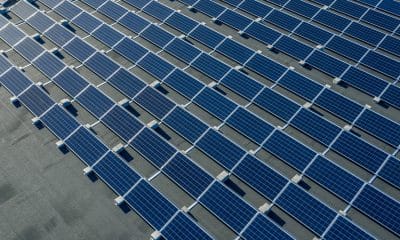NASA is ready for two new missions to Venus, which is very much similar to Earth, in an effort to determine how the planet became inhospitable. One mission would focus on the Venusian atmosphere, while the other would map the planet’s surface. Only two NASA missions have visited Venus, Pioneer in 1978 and Magellan in the early 90s.
Scientists believe Venus may have been the first habitable world in our solar system, including an ocean and climate similar to Earth, but something transformed the planet into a hot mess. Michael Way, physical scientist at the NASA Goddard Institute of Space Science in New York City, in a 2019 study stated that the planet likely maintained stable temperatures and hosted liquid water for billions of years before an event triggered drastic changes in the planet. “Venus is a mostly dead planet with a toxic atmosphere 90 times thicker than ours and surface temperatures that reach 864 degrees Fahrenheit (462 degrees Celsius).” Tom Wag, NASA’s Discovery Program scientist, in a statement said it is astonishing how little we know about Venus, but the combined results of these missions will tell us the planet from the clouds in its sky through the volcanoes on its surface all the way down to its very core.
The mission DAVINCI+ stands for Deep Atmosphere Venus Investigation of Noble gases, Chemistry and Imaging Plus. This will be the first US-led mission to study the Venusian atmosphere since 1978. NASA said it would be dedicated to analyzing Venus’ atmosphere to determine how it formed and evolved. It would also investigate the possibility of an ocean in Venus’ past.
VERITAS – Venus Emissivity Radio Science, InSAR, Topography and Spectroscopy, would map the surface of the rocky planet. This will shed light on how it turned out so differently from Earth. Our world is often called Venus’ twin because the planets are similar in size, but the modern comparisons stop there. The mission can provide an insight about t geologic history of Venus. The orbiter, equipped with radar, could create 3D topography, allowing scientists to determine how active Venus is volcanically through plate tectonic processes. The spacecraft could also study infrared emissions coming off the planet’s surface.
Also Read: World Bicycle Day: COVID-19 pandemic has revived cycling
As per reports, both missions will carry technology demonstrations on them, including the Deep Space Atomic Clock-2 to enable autonomous spacecraft maneuvers on VERITAS, as well as the Compact Ultraviolet to Visible Imaging Spectrometer to measure ultraviolet light in the Venusian atmosphere, to be hosted by DAVINCI+.
These missions are being sponsored by the NASA Discovery Program to encourage scientists and engineers to explore the solar system by designing new imaginative mission concepts.
















Pingback: The global beverages flavoring systems market is expected to grow from USD 4.1 billion in 2020 and to reach USD 6.5 billion by 2028.